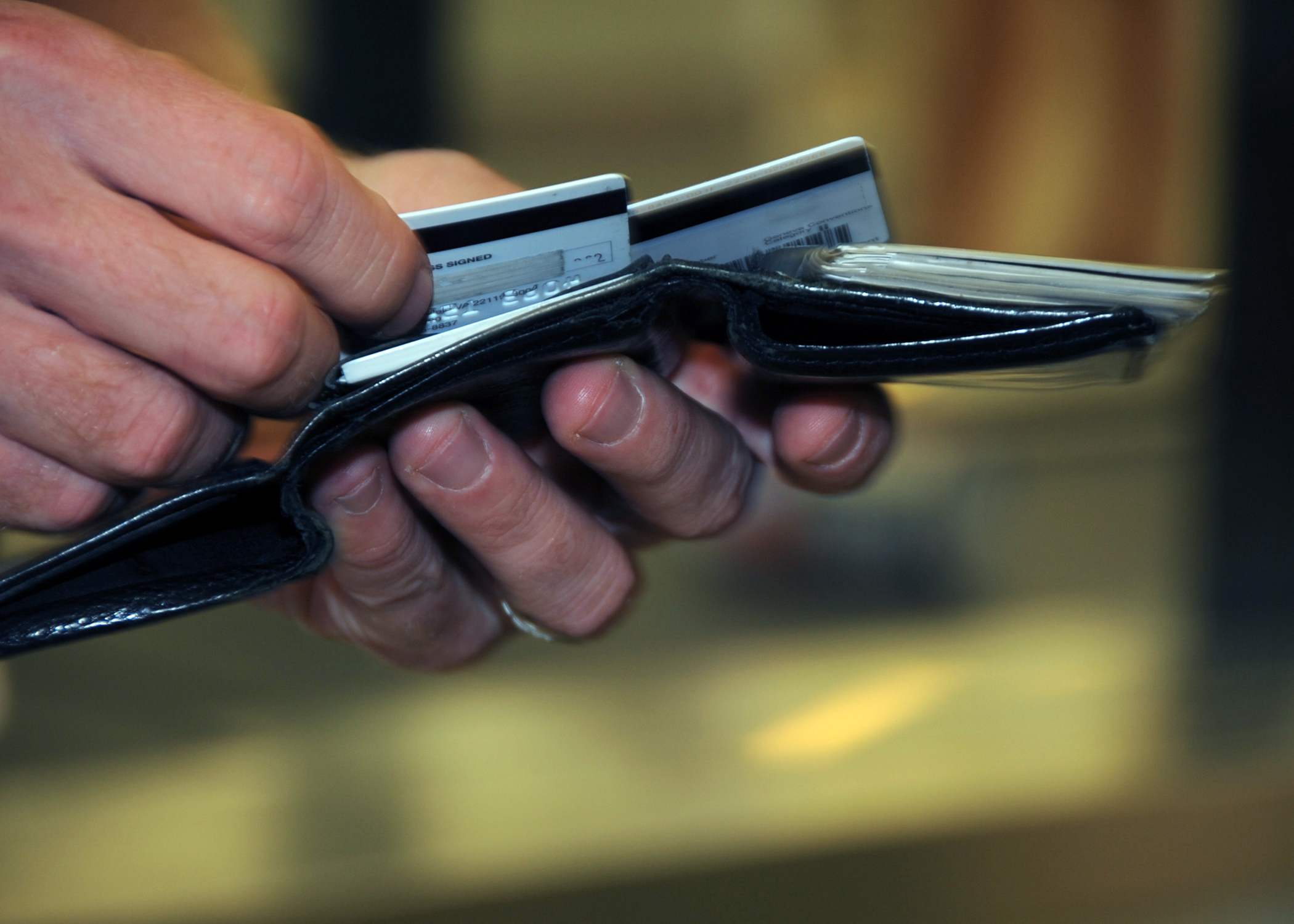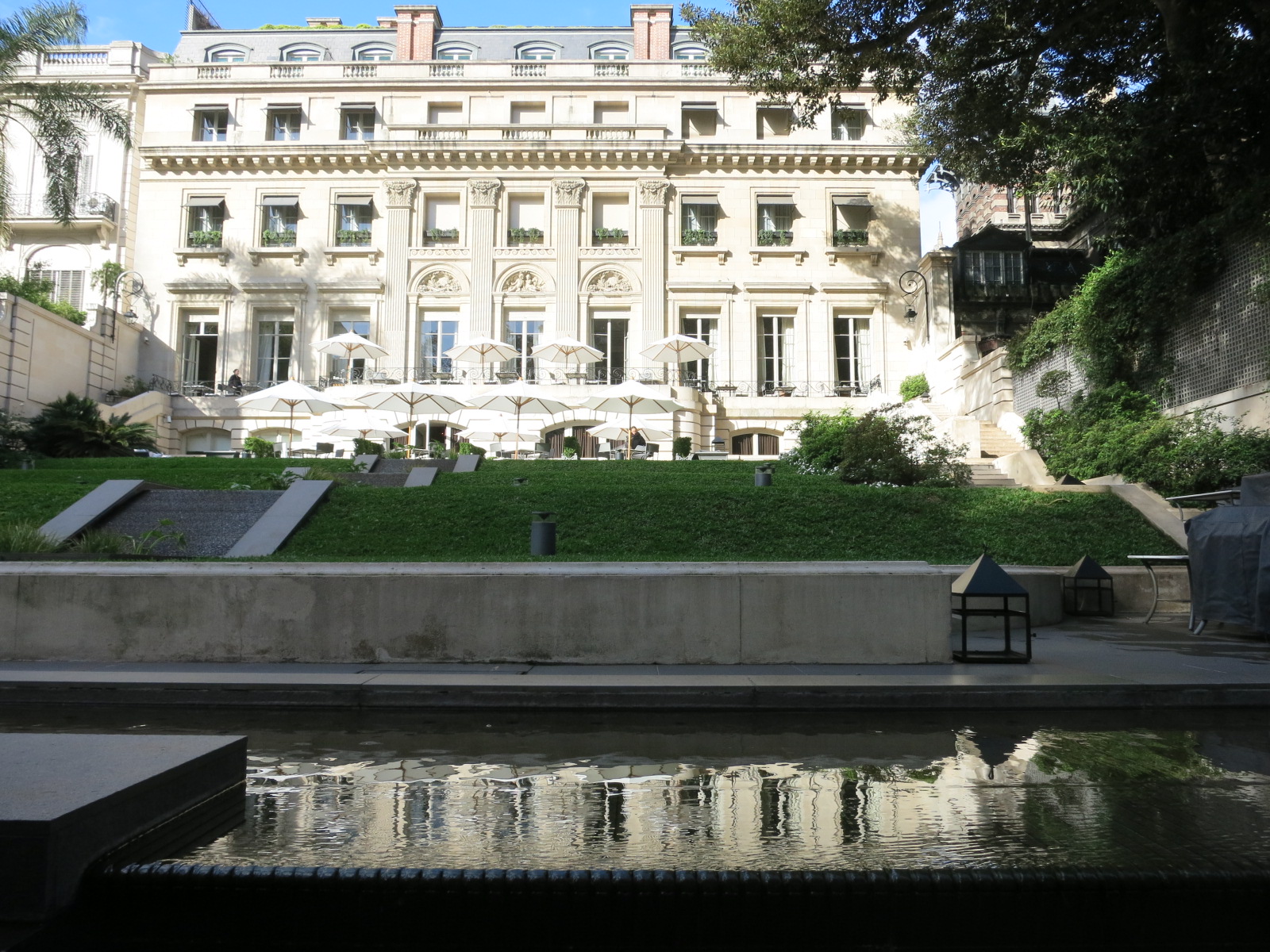I receive compensation for content and many links on this blog. Be aware that websites may earn compensation when a customer clicks on a link, when an application is approved, or when an account is opened. Citibank is an advertising partner of this site, as is American Express, Chase, and Capital One. Any opinions expressed in this post are my own, and have not been reviewed, approved, or endorsed by my advertising partners. I do not write about all credit cards that are available -- instead focusing on miles, points, and cash back (and currencies that can be converted into the same). Terms apply to the offers and benefits listed on this page.
All of marketing, perhaps, boils down to a simple idea: figure out who your customers are, and how to find more people like them.
Too often though products get developed without the first part clearly in mind: the customer. What does your customer need that they aren’t getting now or at least are not getting as well as they could?
The most important question to ask when new credit cards come out is: who is the customer for this product? When I ask issuers that question I often either get platitudes (‘new affluent consumers who value experiences over rewards’) or lists of benefits (people who like A, B, C, and D).
Really the answer needs to be a clear type of customer, and why the product doesn’t just give them something but it the right answer for them because it gives them what they want to need better than any other product on the market.

I argued that the Arrival Premier card, launched last year by Barclays, was overly panned. It effectively earned 1.4 airline miles per dollar spent with several different carriers or gave you a 2% rebate towards travel. The price point was a bit high (annual fee), and there wasn’t an initial bonus offer, but annual bonuses for spending.
- It was, I think, in the top quartile of rewards cards.
- But there wasn’t anything it was doing that other cards didn’t do better
It may have been a card ‘for people who want to be rewarded every year’ since it had an annual, recurring bonus. But since it wasn’t the most rewarding card even for those people it didn’t resonate.
And it ran into the problem that consumers are skeptical, and need to see rewards demonstrated to them quickly in order to trust that a product is going to deliver on promises. So the lack of an initial signup offer meant that consumers had to trust the issuer first, and see rewards later. That doesn’t work well. As a result card acquisitions didn’t come close to meeting goals, and the product was closed to new cardmembers.
Most experiments aren’t ended as quickly – within months – as that one. Yet many cards fall victim to the same problem of not asking who is the customer, and why is this the best product possible for them?
Card companies have an even harder task than this, though. With most products the goal is reached when they make a sale. Perhaps to turn profitable they need to make subsequent sales, too, if their initial customer acquisition cost is high or they’re selling a subscription-based service.
A card issuer though has to get a customer to take a card but then they have to get the customer to use the card. A customer who gets but doesn’t use a card doesn’t just fail to be profitable, but they’re worse than a customer who doesn’t take the card at all from a profit and loss perspective because they cost money for the bank to acquire (initial bonus offer) and won’t ever cover that cost.
Put another way, card companies can get customers with big initial bonus offers — and there’s really no way out of this technique — but then they need to get the customer to spend on the card. They may get a customer to keep a card because of benefits, but those cost money to deliver too. The card needs to be the right, best option for a set of customers and a product they’re going to keep using.

Some cards ‘go big’ and try to deliver attractive rewards to a broad base of customers. That’s the Sapphire Reserve model, it drove huge signups and apparently has managed to hang on to customers though I believe several other cards have caught up (so much so that in the fall I asked whether it had become passé?). Others take a more targeted approach, delivering a lot of value to a certain kind of customer.
I think the single most innovative product of 2018 was the refreshed Frontier Airlines card, which gives one qualifying mile per dollar spent in a program that re-launched with some really generous benefits — though Frontier is a low cost carrier with heavy fees, top tier elites really don’t pay fees and their tickets are even fully refundable. Frontier is big enough in Austin that I’d actually consider them if they had wifi, and that’s only because of the card product which is better integrated into the loyalty program than almost any other.
Meanwhile I think a combination of Hyatt rewarding every 10 elite nights with incremental benefits (up to 100 nights per year) and the ability to earn qualifying nights through spend makes The World Of Hyatt Credit Card really fantastic for someone who values hotel upgrades and other elite perks, as well as free nights. It’s earned a place in my spending rotation.
It’s a card for someone like me who cares about Hyatt elite status because I like Hyatt’s portfolio of properties and that they deliver confirmed suite upgrades at the top tier, no hassle 4 p.m. late check-out, as well as not monkeying around with the definition of breakfast.

Park Hyatt Buenos Aires
That isn’t to say these are the only cards delivering targeted value. Instead these are cards that understand their customer well enough that they do not have to spend the entirety of the merchant swipe fee on the member so hope to make back acquisition costs solely on cross-selling or revolve (APR).


Why So Many Credit Cards Miss the Mark? It’s called bait & switch. This will happen with the Hyatt card too. I understand that you mostly care about elite benefits but a lot of us care about being able to use points for free nights. Watch the “switch” after you get the card. You will see more devaluations coming and hotel categories moving up in costs.
Totally agree. Hilton sticks to the definition of continental, even though most of the world has moved on and has realized there is more than a single continent.
Marriott thinks that elite members earn the status in one hotel with the expectations for redeeming in that hotel chain only. Why would you want benefit consistency?
IHG hasn’t figured out what breakfast is.
I see Chase trying to really get new cards at the “top of wallet” by shifting some of their bonuses into 2 tiers:
1. An initial solid bonus to grab your attention- spend $3K, get 50K, etc.
2. A secondary bonus that rewards significant spending over the next year- an extra 50K bonus if you spend $20K in the next 6 or 12 months, etc.
Thus far I have seen this at some points on Southwest, Freedom Unlimited, United, all the Avios cards, Hyatt, and IHG.
I see a lot more issuers going this route- its a bit more complex but not so much that it will turn off many customers. And it really reinforces in the customer’s mind that keeping your spending on this card will give you outsized rewards.
Gary, I 100% agree with you on all the points you mentioned. I believe a large contributing factor is the corporate mind set of the product teams that come up with these propositions.
I don’t see why anyone would use an airline card or keep paying the annual fees – Except – for the flying perks like free baggage, priority boarding, companion tix, etc. The game is all about transferrable points or cash back now. So I would say all airline cards miss the mark now as far as issuers are concerned if they want customers to actually use them for spend.
“…card companies can get customers with big initial bonus offers — and there’s really no way out of this technique…”
I disagree with this statement. Look at the Blue Business Plus card. There was no need for sign-on bonuses because the card works for everyday spend. They need to shift from big sign on bonuses toward better benefits/bonuses on spend.